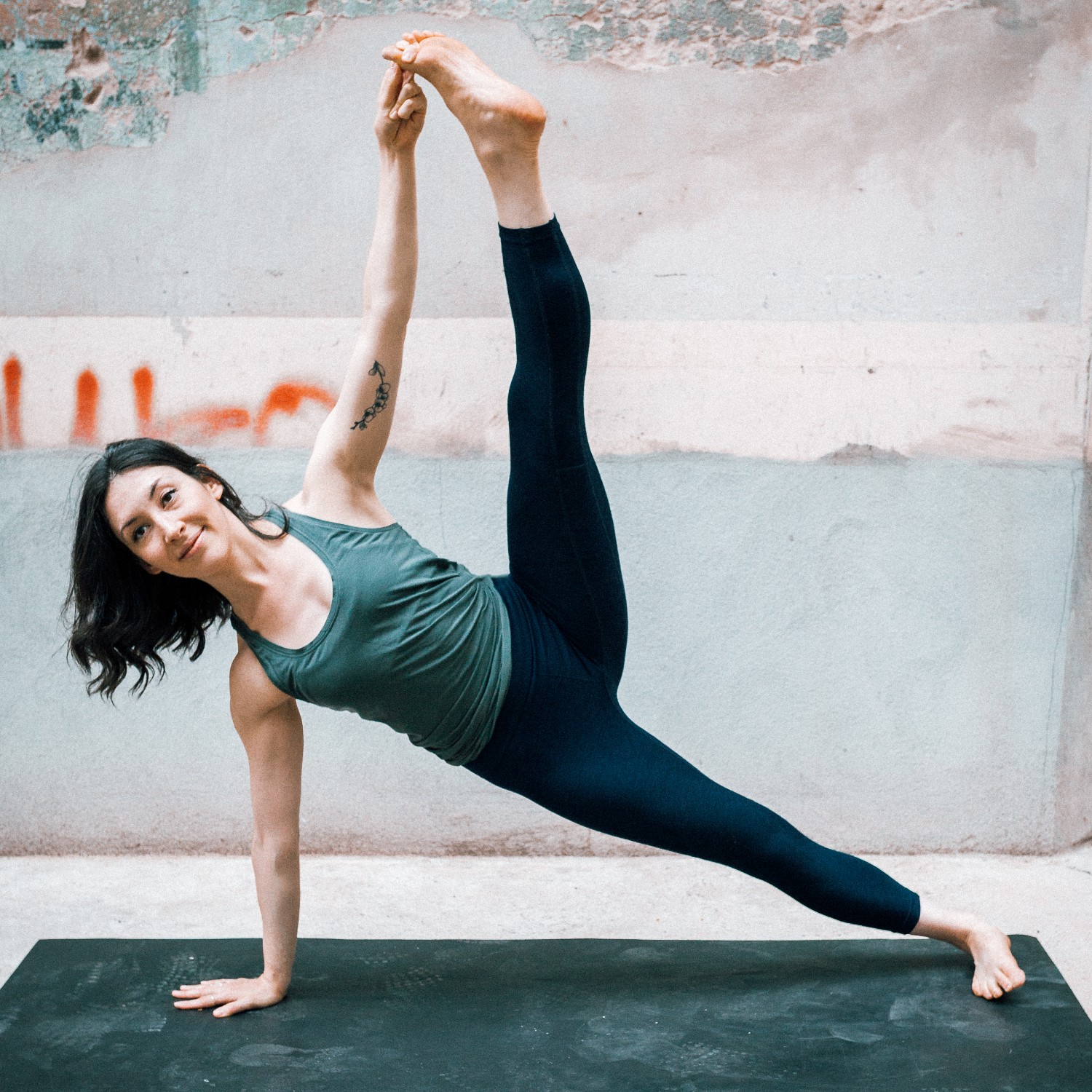BEtter Body Workshop: Core
The fitness world can seem obsessed with the core. Center, Powerhouse, Deep Core…whatever name we give it, we talk about it pretty much non-stop. But why? Having a six-pack or “washboard abs” may or may not be on your to-do list, but your core plays an important role that goes way beyond aesthetics!
©Nikk Martin
By now maybe you’ve also heard (on repeat, and likely from us) that a strong core is also a vital player in developing good posture and avoiding back pain. Still, this doesn’t address the question of: what really is the core?
The answer is way more complex than you might think. The core is so much more than abs! The muscles of the core provide postural support, are responsible for the movements of your spine, and assist healthy organ function — think breathing, digestion, and sexual and reproductive health, all contributing in a major way to our overall quality of life.
There are loads of different muscles involved in these functions, all of which can and should be considered core muscles. Sure, the ones we’ve more likely heard of — the obliques and the rectus abdominus a.k.a. the six-pack — are part of your core and it’s important that they’re strong, but what about the rest? You have several layers of abdominals and spinal muscles that support the front, side, and back of your torso. You have the Iliopsoas, the pelvic floor (you too, men!), and the diaphragm. And the list keeps going!
So perhaps it’s not that surprising to find out that doing exercises to develop core strength is a little more than just pulling the belly in. To develop real core strength, we need to understand what needs strengthening, what actually needs lengthening, and how either of those things should happen. Approaching core work mindfully is going to do so much more for your posture, digestion, and all that other stuff. (And you just might notice in the process that you’re building that abdominal tone too!)
Article written by Shirah Perry

